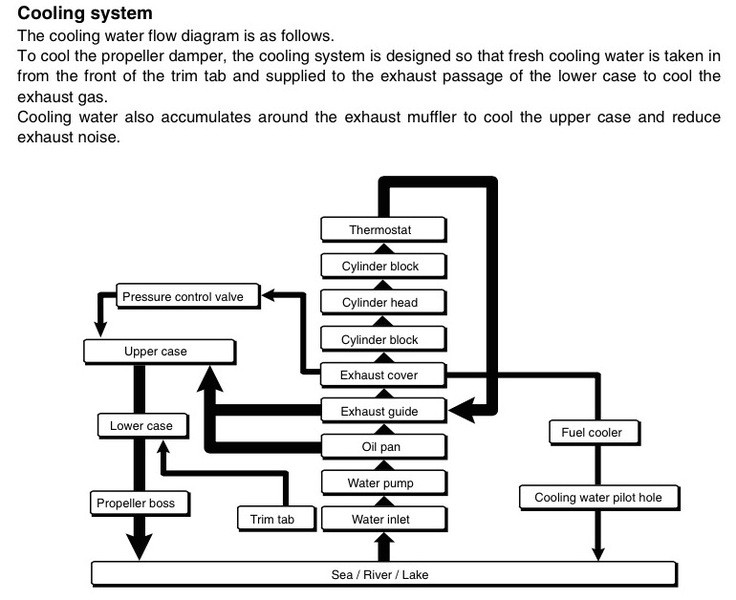Hi Everyone,
Just bought some Salt Away, and thought I'd ask for tips before I use it on my outboard cooling system. I'm wondering:
1. The instructions say to 'fill up' the reservoir on the hose attachment, which is about 5oz. But the instructions also say to run salt away through the cooling system for only about 30 seconds. Do I then throw out the remaining solution in the reservoir? Seems quite a waste.
2. The instructions say to leave the solution in the cooling system, but I (think I) read on this forum that I should flush it out with freshwater. Any reason for that?
Just bought some Salt Away, and thought I'd ask for tips before I use it on my outboard cooling system. I'm wondering:
1. The instructions say to 'fill up' the reservoir on the hose attachment, which is about 5oz. But the instructions also say to run salt away through the cooling system for only about 30 seconds. Do I then throw out the remaining solution in the reservoir? Seems quite a waste.
2. The instructions say to leave the solution in the cooling system, but I (think I) read on this forum that I should flush it out with freshwater. Any reason for that?




